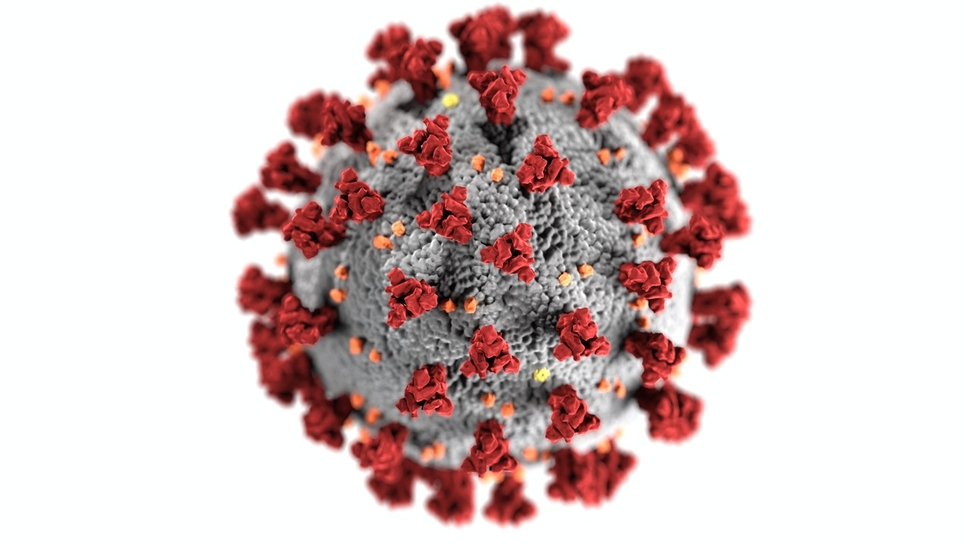
COVID-19 Spotlight: Human Angiotensin I Converting Enzyme 2
Sep 04, 2020Human ACE2 (also known as ACEH; ACE Homolog) is an angiotensin-converting enzyme similar to ACE - Angiotensin 1 converting Enzyme. ACE2 is responsible for the breakdown of Angiotensin I to angiotensin 1-9, and the breakdown of Angiotensin II to angiotensin 1-7.1 ACE2 is found in various different human tissues, and has an important role negatively regulating the renin-angiotensin system (RAS), a complex system primarily involved in regulating blood pressure.2 More notably from recent events, has been shown to facilitate viral transmission of SARS coronavirus 2 (SARS-CoV-2), the cause of COVID-19.3
After the outbreak of Severe Acute respiratory Syndrome (SARS) in 2002, caused by SARS-CoV, studies have shown that ACE2 is a receptor for SARS-CoV. More recent studies have shown that SARS-CoV-2 gains entry into cells expressing ACE2, but not cells expressing other coronavirus receptors, or cells that do not express ACE2.3 This would indicate that ACE2 is the receptor for infection with SARS-CoV-2.3 The mechanism for infection with SARS-CoV-2 involves the spike glycoprotein on the surface of the virus binding to the ACE2 receptor, allowing for viral RNA to be released into the cell, initiating infection.4 ACE2 is highly expressed in alveolar epithelial cells, indicating that the lungs are typically where the initial infection occurs in humans.5 After initial infection, the virus often spreads to other areas of the body with high levels of ACE2 through blood circulation, often resulting in multi-organ injury.6
Reddot Biotech is pleased to offer a Human Angiotensin I Converting Enzyme 2 ELISA kit in both our traditional and Ready-To-Use formats. Our Human ACE2 kits have a picogram range (detection range 15-625-1000pg/mL; sensitivity 7.7pg/mL) and are suitable for use with a variety of different sample types. For more information and to see the product manual, visit our product pages for RDR-ACE2-Hu and RD-ACE2-Hu. For any other questions, please feel free to contact us.
References and further reading:
1. ACE2 angiotensin I converting enzyme 2 [Homo sapiens (human)] - Gene - NCBI. (n.d.). Retrieved September 04, 2020, from https://www.ncbi.nlm.nih.gov/g...
2. Riordan, J. F. (2003). Angiotensin-I-converting enzyme and its relatives. Genome biology, 4(8), 225.
3. Zhou, P., Yang, X. L., Wang, X. G., Hu, B., Zhang, L., Zhang, W., ... & Chen, H. D. (2020). A pneumonia outbreak associated with a new coronavirus of probable bat origin. nature, 579(7798), 270-273.
4. Li, W., Moore, M. J., Vasilieva, N., Sui, J., Wong, S. K., Berne, M. A., ... & Choe, H. (2003). Angiotensin-converting enzyme 2 is a functional receptor for the SARS coronavirus. Nature, 426(6965), 450-454.
5. Hamming, I., Timens, W., Bulthuis, M. L. C., Lely, A. T., Navis, G. V., & van Goor, H. (2004). Tissue distribution of ACE2 protein, the functional receptor for SARS coronavirus. A first step in understanding SARS pathogenesis. The Journal of Pathology: A Journal of the Pathological Society of Great Britain and Ireland, 203(2), 631-637.
6. Zou, X., Chen, K., Zou, J., Han, P., Hao, J., & Han, Z. (2020). Single-cell RNA-seq data analysis on the receptor ACE2 expression reveals the potential risk of different human organs vulnerable to 2019-nCoV infection. Frontiers of medicine, 1-8.
7. Hoffmann, M., Kleine-Weber, H., Schroeder, S., Krüger, N., Herrler, T., Erichsen, S., ... & Müller, M. A. (2020). SARS-CoV-2 cell entry depends on ACE2 and TMPRSS2 and is blocked by a clinically proven protease inhibitor. Cell.
8. Ni, W., Yang, X., Yang, D., Bao, J., Li, R., Xiao, Y., ... & Xu, Y. (2020). Role of angiotensin-converting enzyme 2 (ACE2) in COVID-19. Critical Care, 24(1), 1-10.